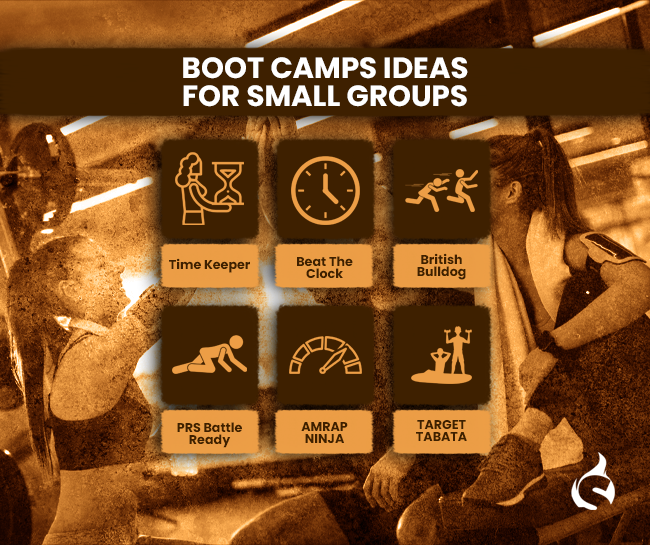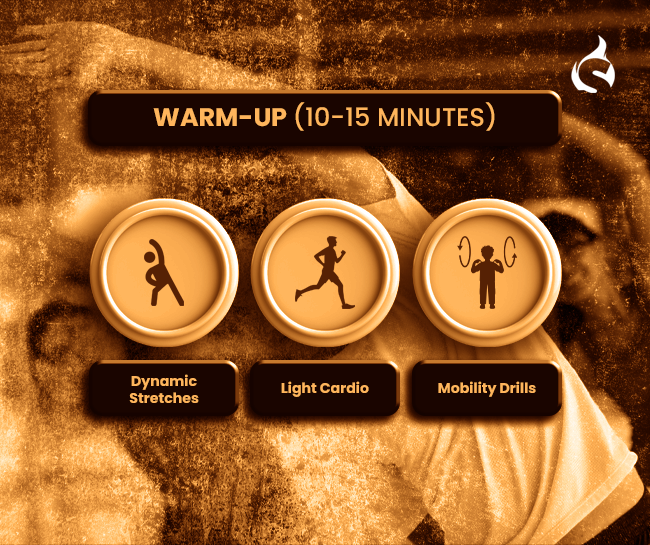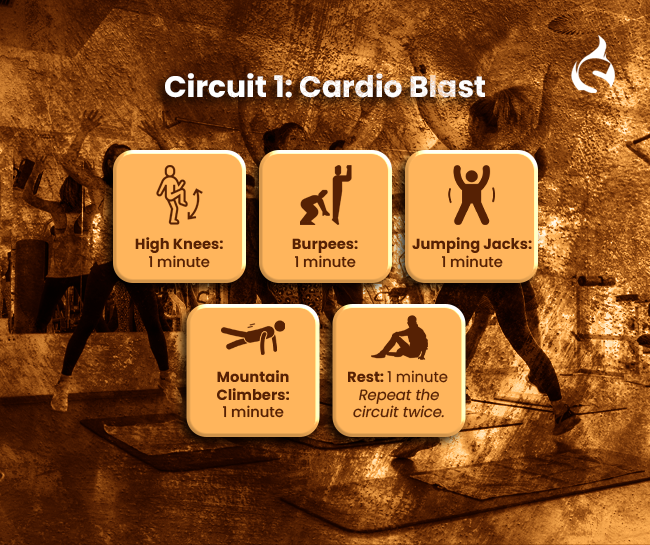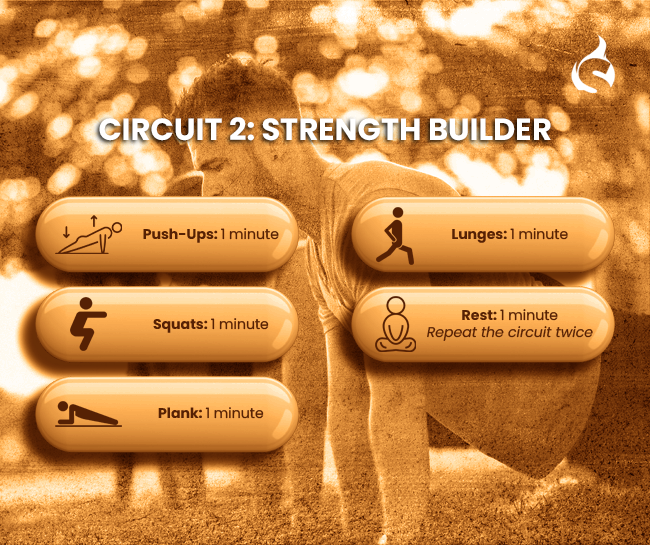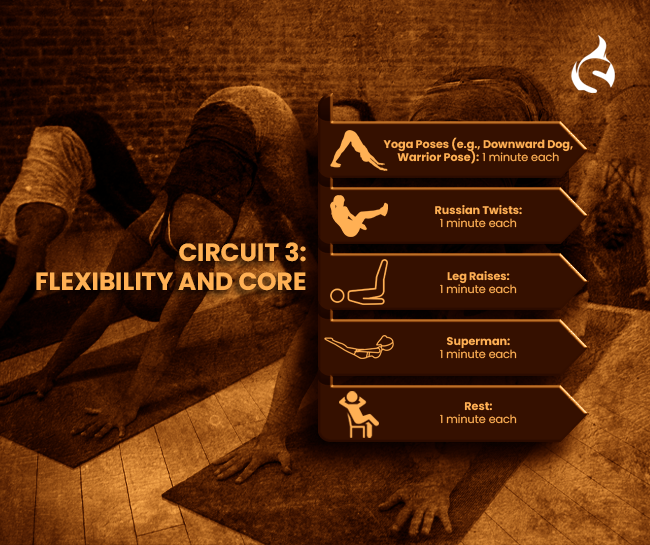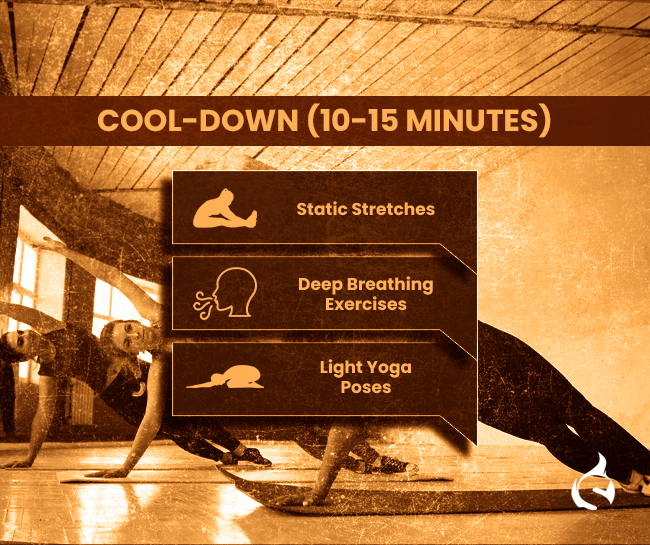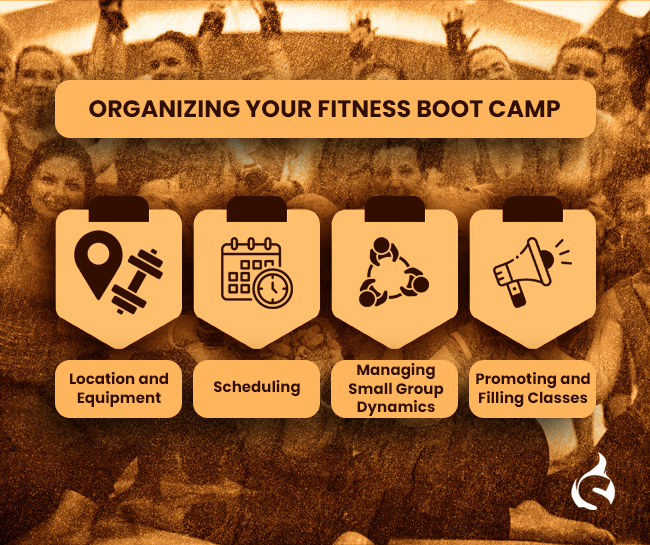
Thinking about running a 24-hour gym? Here’s a detailed look at the benefits of a 24-hour gym and the essential considerations to ensure your success. From increased member convenience and higher revenue potential to addressing security and staffing challenges, we cover everything you need to know to make an informed decision and effectively manage a 24-hour gym.
Benefits of a 24-Hour Gym

Running a 24-hour gym can significantly enhance member satisfaction and increase your revenue. This section explores the key benefits of offering round-the-clock access, helping you understand how this model can cater to diverse schedules and attract a broader clientele. Discover why 24-hour gyms are becoming increasingly popular.
Convenience for Members

Offering 24-hour access caters to the diverse schedules of your members, providing unparalleled convenience. Whether someone prefers early morning workouts, midday sessions, or late-night visits, they can access the gym at their preferred time. This flexibility can significantly enhance member satisfaction and loyalty.
Accommodates Different Schedules

Many people struggle to find time for exercise due to their busy schedules. A 24-hour gym removes this barrier, allowing members to work out whenever it fits their day. This is particularly beneficial for professionals with irregular hours, parents with tight schedules, and students juggling classes and extracurricular activities.
Accessible for Those with Time Constraints

For individuals with demanding careers or multiple commitments, a 24-hour gym is a perfect solution. It ensures that everyone, regardless of their time constraints, has the opportunity to maintain a healthy lifestyle. This accessibility can attract a broader demographic to your facility.
Increased Membership and Revenue

By extending your operating hours, you can attract more members who are seeking flexible workout options. This increase in membership can lead to higher revenue streams. Additionally, offering unique membership plans tailored to 24-hour access can further boost your income.
Targeting Shift Workers

Shift workers, such as healthcare professionals, emergency responders, and hospitality staff, often have non-traditional working hours. A 24-hour gym can cater specifically to this segment, providing a valuable service that aligns with their unique schedules. This targeted approach can help you build a loyal member base among shift workers.
💡 Running a 24-hour gym boosts member satisfaction and revenue by offering round-the-clock access. This convenience attracts busy professionals, parents, students, and shift workers, making it easier for everyone to fit workouts into their schedules.
Challenges of Offering 24-Hour Gym Access
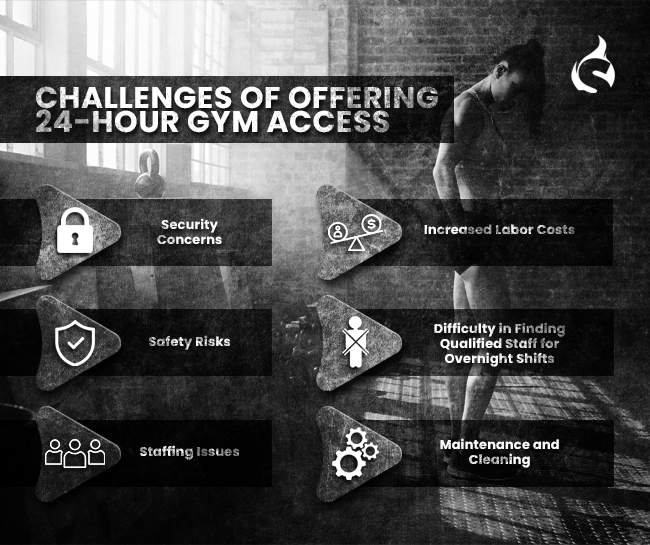
Running a 24-hour gym comes with its own hurdles. This section highlights the key challenges and provides practical advice on overcoming them. By understanding these potential issues, you can better prepare and implement strategies to ensure your gym operates smoothly and successfully.
- Security Concerns: Operating a 24-hour gym presents security challenges, especially during late-night and early-morning hours. Ensuring the safety of your members and equipment requires robust security measures, including surveillance systems and access controls.
- Safety Risks: With fewer staff present during off-peak hours, the risk of accidents or injuries can increase. It’s essential to implement safety protocols and provide adequate training to members on using equipment safely, even when the gym is less supervised.
- Staffing Issues: Finding and retaining qualified staff for overnight shifts can be challenging. Many employees may prefer traditional working hours, making it difficult to maintain consistent staffing levels during the night.
- Increased Labor Costs: Running a 24-hour operation can lead to higher labor costs due to the need for additional staff to cover all hours. These costs can impact your overall profitability if not managed effectively.
- Difficulty in Finding Qualified Staff for Overnight Shifts: The pool of candidates willing to work overnight shifts is limited, making it harder to find qualified staff. This can lead to increased hiring and training efforts, as well as potential turnover issues.
- Maintenance and Cleaning: Keeping your facility clean and well-maintained around the clock requires a dedicated team and meticulous scheduling. Regular maintenance is crucial to ensure a safe and pleasant environment for members at all times.
💡Proper planning and strategies will help you manage these issues effectively and keep your gym running successfully around the clock.
Strategies to Mitigate Challenges
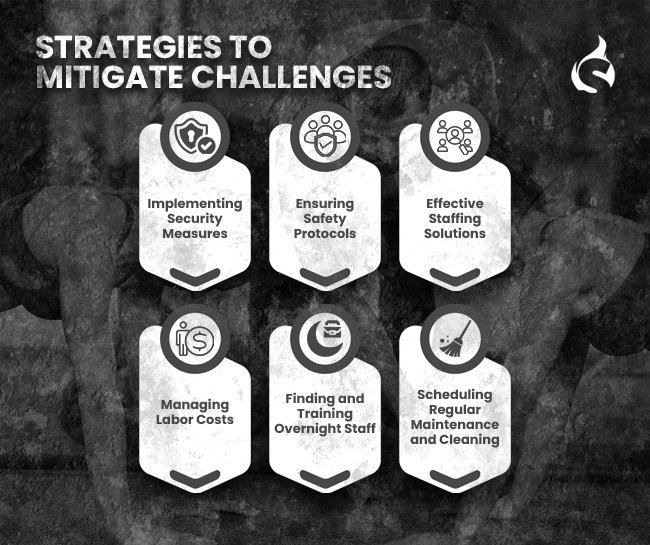
Overcoming the challenges of running a 24-hour gym requires effective strategies. This section provides practical solutions to address common issues. By implementing these strategies, you can ensure smooth operations, enhance member satisfaction, and maintain a safe and welcoming environment at your gym.
- Implementing Security Measures
Invest in high-quality security systems, including CCTV cameras, alarm systems, and secure entry points. Consider employing a security guard during night hours or partnering with a security company for added protection. Regularly review and update your security protocols to address emerging threats.
- Ensuring Safety Measures
Develop comprehensive safety guidelines for members and staff, emphasizing proper equipment use and emergency procedures. Conduct regular safety drills and provide easy-to-access information on first aid and emergency contacts throughout the gym.
- Effective Staffing Solution
Offer incentives for overnight shifts, such as higher pay rates, additional benefits, or flexible scheduling options. Create a positive work environment by recognizing and rewarding staff who take on these shifts. Utilize part-time or on-call staff to cover peak times and reduce the burden on full-time employees.
- Managing Labor Costs
Analyze your staffing needs to ensure you’re not overstaffing during low-traffic hours. Implement automated systems, such as self-check-in kiosks and automated lighting, to reduce the need for round-the-clock staff. Efficient scheduling and task management can help minimize labor costs without compromising service quality.
- Finding and Training Overnight Staff
Expand your recruitment efforts to include job boards, local colleges, and industry networks to find potential candidates. Provide thorough training to ensure all staff are well-prepared to handle the unique challenges of overnight shifts. Offer ongoing professional development opportunities to retain skilled employees.
- Scheduling Regular Maintenance and Cleaning
Develop a detailed cleaning and maintenance schedule that covers all hours of operation. Assign specific tasks to staff members during their shifts and use checklists to ensure accountability. Regularly inspect the facility to address any issues promptly and maintain high standards of cleanliness and safety.
Operating a 24-hour gym offers numerous benefits, from increased convenience for members to higher revenue potential. However, it also comes with its own set of challenges, including security concerns, safety risks, and staffing issues. By implementing effective strategies to mitigate these challenges, you can successfully run a 24-hour gym that meets the needs of your diverse membership base.
With proper planning and execution, offering 24-hour access can set your gym apart from the competition and provide a valuable service to your community. Consider the insights and tips provided in this guide as you explore the possibilities of a 24-hour gym.
Ready to ramp up your 24-hour gym? Spark Membership Software simplifies member, scheduling, and staff management. It’s easy to use and improves gym efficiency. Check out Spark Membership Software today to see the difference!

